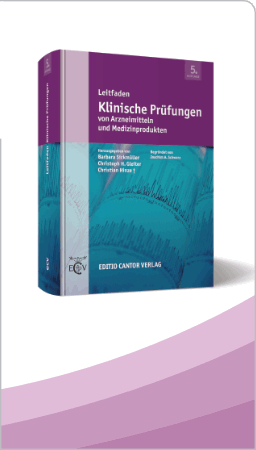Importance of Package Insert Information in the European Union Medicinal and pharmaceutical experts questioning results Dr. Jörg Fuchs1, 2, Stefanie Banow3, Nancy Görbert3, and PD Marion Hippius3 1 PAINT-Consult, Jena (Germany)
2 Department of Drug Regulatory Affairs at the Institute of Pharmacy, University of Bonn, Bonn (Germany)
3 Institute of Clinical Pharmacology, Friedrich Schiller University, Jena (Germany) Despite the multiplicity of optimizations already accomplished, package inserts frequently used by patients to obtain information relating to the medicine, are consistently met with criticism. In addition to poor readability and comprehensibility, confidence in using the medicine is reportedly diminished after reading the package insert. More appropriate package inserts for medicines which are available in the European Union, should have been achieved since the end of 2005, using readability tests. However for meticulous testing, it is vital that the opinions and experiences of patients, as well as specialists are included.
Actions to address these points are absolutely necessary to optimize therapy success and ensure safe medicine practice. In 2005, four years after the accomplished patient study, a similar technique was applied to question 219 medical and pharmaceutical specialists in Jena (Germany) and its vicinity. This related to the importance of different information in package inserts as well as requests concerning the structure sequence, text extent and content. Analogue to patient study results, the information relating to “areas of application”, “dosage instruction”, “interactions” and “side effects” is “very important” to specialists. According to their opinions, this information should have priority on the package insert whilst “less important” content such as pharmaceutical companies, should be placed at the end. Apart from minor differences, specialists statements conform with patient requests. In addition both groups requested more concise patient information, limited to the most important information. The specialists reported that patients frequently have less confidence using their medicine after they have read the package insert. Considering the results of this study, it could be stated that the package insert sequence structure which was converted in Autumn 2005 better meets the desires of specialists and patients than the previous version. However, the following points must be strongly considered in the future, whereby an examination of the existing legal bases is also necessary. - Reduce the text extent to substantial text only.
- Take action to ensure that patients are not inclined to act non-compliantly after reading the package insert.
|




